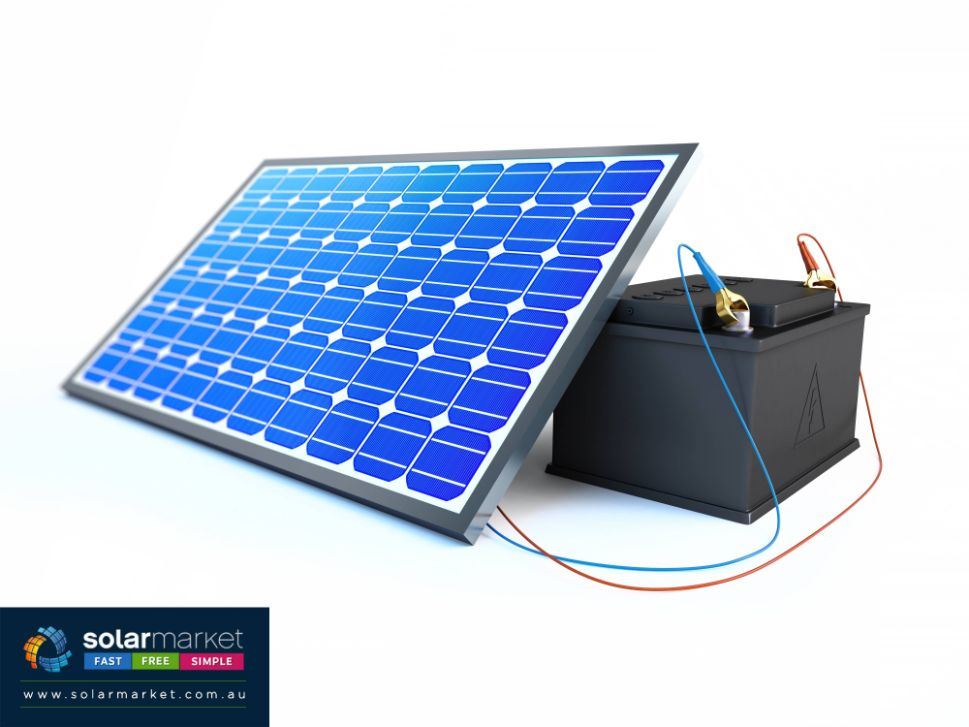Microgrids powered by renewable energy are forecasted to be the next big thing in Australia for residential electricity supply. Paving the way in Victoria is the small town of Yackandandah who are building three microgrid networks in its quest to become 100% renewable. Once completed the excess energy generated by the solar panels in the town will have the ability to be stored in battery storage systems and shared between neighbours within the town.
What is a solar microgrid?

A microgrid differs from the main electricity grid in which most households in Australia are connected to, whether they have solar panels or not. A microgrid is a mini electricity grid that is standalone and only supplies electricity to a selective number of properties.
Some microgrids will be completely disconnected from the main electricity grid, while others inclusive of the ones being built in Yackandandah are connected to the main electricity grid having the ability to import and export from the main grid if needed (as backup).
Yackandandah trial solar microgrid
Donna Jones, a local resident of Yackandandah has been included in the microgrid trial which has 14 neighbouring houses set up with solar panel systems and battery storage.
“The cost of electricity, when you’ve got solar panels on the roof, is already reduced because the majority of the power that you’re using, you’re generating yourself.” Ms Jones said.
The houses with solar panels will have the ability to generate their own energy and if any additional electricity is required, they will be able to pull from their neighbours’ surplus, stored electricity.
“It means that you’ll be purchasing your energy at a competitive rate, knowing it’s just coming from your neighbour’s roof, rather than from some generator far, far away,” Ms Jones said.
The importance of solar microgrids for the future
As the Australian electricity network continues to age and the need to reduce reliance on the main grid becomes of high importance, microgrids are bringing relief. Microgrids have also been proved to be extremely valuable and useful in remote areas and places of severe weather events, improving electricity supply and quality where access to the main grid supply is difficult.









